Space & Time: Data that cover both push the boundaries of ecology
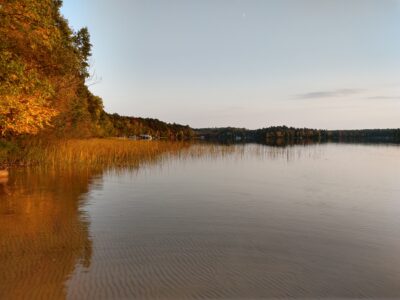
A new paper by Dr. Andrew Rypel uses long-term datasets to reveal spatial and temporal variation for fish in Wisconsin lakes.

A new paper by Dr. Andrew Rypel uses long-term datasets to reveal spatial and temporal variation for fish in Wisconsin lakes.
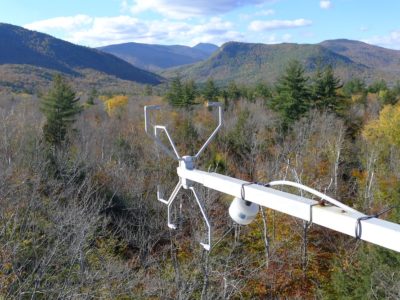
Scientists have been consistently documenting environmental changes at research sites like this one in the Cascade Mountains for decades. US Forest Service Michael Paul Nelson, Oregon State University and Peter Mark Groffman, CUNY Graduate Center Record-breaking heat waves and drought have left West Coast rivers lethally hot for salmon, literally cooked millions of mussels and… Read more »
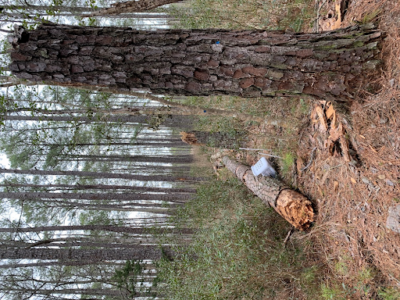
Spend a day in the field with Virginia Coast Reserve researchers as they investigate ghost forests formed by sea level rise.
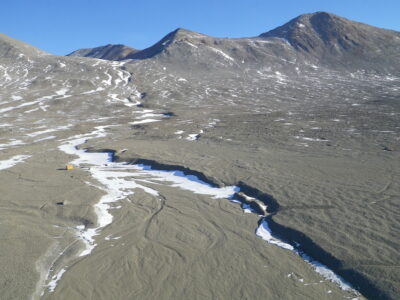
By harnessing decades of rich data, scientists are beginning to forecast future conditions and plan ways to manage, mitigate, or adapt to likely changes in ecosystems that will impact human economies, health and wellbeing.

Wildfires have made headlines worldwide in recent years — and for good reason. Evidence points to increasing wildfire frequency and intensity across many vulnerable ecosystems as climate change impacts grow ever more evident. However, periodic wildfires in ecosystems adapted to them can actually help inhibit plant disease outbreaks, according to new research from Cedar Creek… Read more »
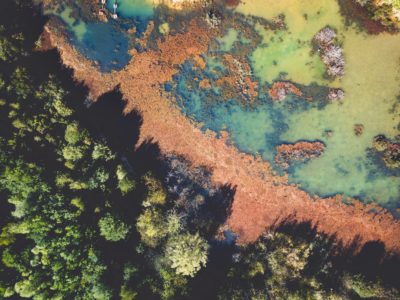
Earth is in the midst of a biodiversity crisis that is expected to worsen into the future. Scientists are scrambling to study how species interactions are responding to climate and ecosystem change, but often lack long-term, large-scale datasets that help determine which processes are most relevant in a given ecosystem. In a new paper, members… Read more »

Now that 2021 is here, most of us are ready to put last year behind us for good. However, 2020 wasn’t all bad from an LTER standpoint. Dozens of impressive research articles from across the network were published in top journals. We featured many of these in our monthly newsletters, but we couldn’t get to… Read more »
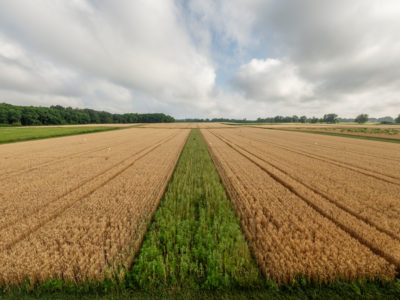
In agricultural landscapes, predatory insects provide an essential ecosystem service — valued at billions of dollars annually — by suppressing pests that damage crops. A new study that includes data from Kellogg Biological Station LTER (KBS LTER) found that natural pest suppression gains a big boost when agricultural landscapes are patchy and include a high… Read more »
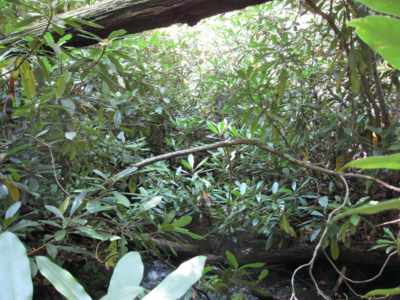
As ecosystems respond to human activity, what organisms will emerge as new trailblazers, shaping the diversity and resilience of these changing environments? And how can land managers identify these species early on to better prepare for the future? Forests of southern Appalachia have a history fraught with human activity. Hardy and towering, American chestnut and… Read more »

Like everything else in 2020, the Fall Meeting of the America Geophysical Union (AGU) will be different this year. Talks, posters, town halls, lectures, exhibits and mixers will all be available online and the meeting timeline has been extended to encompass nearly three weeks in early December. Running from December 1-17, the 2020 meeting offers… Read more »